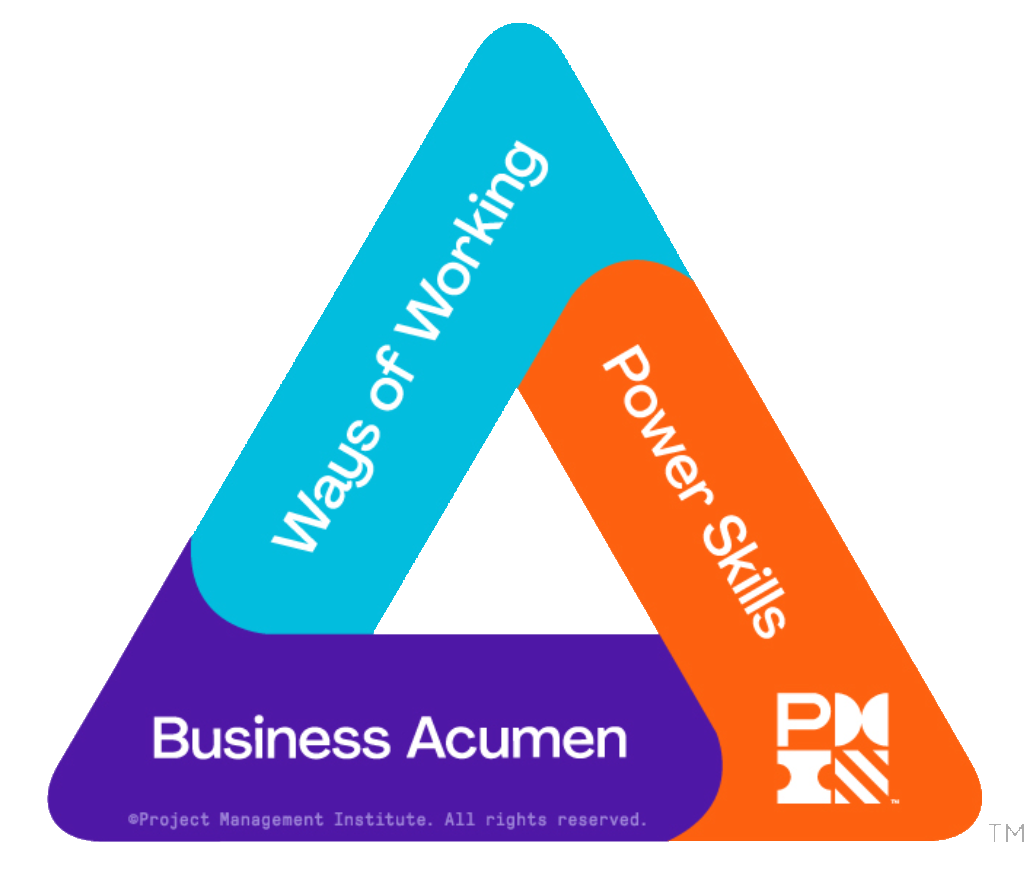
Six Sigma is a data-driven, customer-focused, and results-oriented methodology which uses statistical tools and techniques to systematically eliminate defects and variances to improve consistency. Lean, on the other hand, is a series of management practices focused on removing waste and related inefficiencies. Most organizations seeking process improvement want both: reduced waste and inefficiency along with improved consistency and quality of outputs. Nearly all leading companies in the world are using Lean Six Sigma.
Six Sigma started its journey in the 1980s as a data driven method to reduce variation in manufacturing processes. Today, it is used as a business performance improvement methodology all over the world across a wide array of industries including manufacturing, construction, banking and finance, healthcare, education, government, and information technology. It is oneof the most widely applied methodologies for process improvement projects globally.
Our Lean Six Sigma Green Belt (LSSGB™) course focuses on providing students with an understanding of the various Six Sigma and Lean tools and techniques useful to improve processes and minimize defects with a focus on the practical implementation of these tool and techniques in an organization. They will be equipped with the knowledge needed for production process improvement in their organizations and help their organizations adopt Six Sigma methodology. Participants will be led through simulated case scenarios during which they use Six Sigma concepts for solving simulated problems. This will help them develop problem solving skills (and be armed with the proper tools) that can be immediately applied in real-world projects.
Upon passing the optional (2 hr) exam, you will be accredited as "Lean Six Sigma Green Belt.
At the end of this course participants will be able to:
This course is highly recommended for employees and organizations requiring a standardized approach to problem solving for the purpose of continuous improvement. This would include:
We recommend that participants have previously completed a Six Sigma Yellow Belt (SSYB™) course but this is not mandatory. Procept can provide access to a FREE Six Sigma Yellow Belt self-directed learning course to introduce basic concepts.
Participants will receive a workbook that includes copies of course slides, case study materials, and role play handouts.
Introduction to Six Sigma
Stakeholders & Setting up a Six Sigma Project
Six Sigma Methodology – Define
Six Sigma Methodology – Measure
Six Sigma Methodology – Analyze
| Six Sigma Methodology – Improve
Six Sigma Methodology – Control
Lean
Case Study
|
Course ID: VM-7004
Course Level: Intermediate
Duration: 3 days
Sessions not found.
 The following table provides the breakdown of the professional development units (PDUs) for this course aligned with the PMI Talent TriangleTM.
The following table provides the breakdown of the professional development units (PDUs) for this course aligned with the PMI Talent TriangleTM.
| WoW | PS | BA | |
| PMP | 0.75 | 0 | 20.25 |
| PgMP | 0.75 | 0 | 20.25 |
| PfMP | 0 | 0 | 20.25 |
| PMI-ACP | 0.75 | 0 | 20.25 |
| PMI-SP | 0 | 0 | 20.25 |
| PMI-RMP | 0 | 0 | 20.25 |
| PMI-PBA | 0.75 | 0 | 20.25 |
The three columns in the above table are Ways of Working, Power Skills & Business Acumen.
Other professional (re)certification credits are available, including: